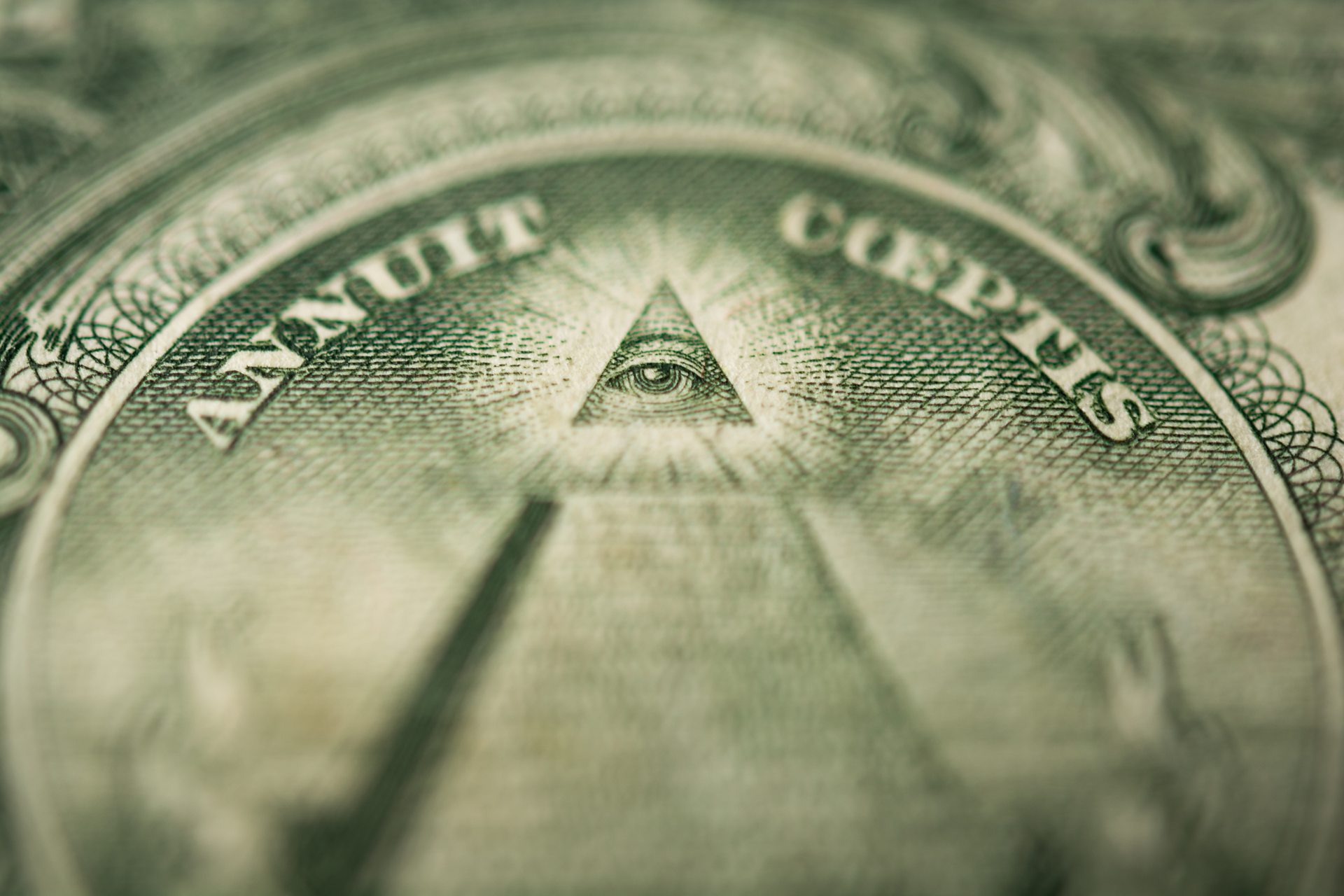Unveiling the Key Benefit of Joining Freemason for Lifelong Friendships
Unveiling the Key Benefit of Joining Freemason for Lifelong Friendships
Blog Article
Discover the Keys Behind the copyright and Their Impact on Society
The copyright, often shrouded in myth and speculation, presents a fascinating situation study of exactly how historic ideals can change right into contemporary conspiracy theory theories. As we discover its origins, impact on innovative idea, and representation in contemporary culture, we start to discover the layers of intrigue that continue to astound society.
Beginnings of the copyright
The copyright, often shrouded in enigma and conjecture, traces its beginnings back to the late 18th century. Understood as the Bavarian copyright, the organization's main objective was to respond to the fundamental impact of religious conviction and promote intellectual discussion among its members.
The copyright adopted an ordered structure, attracting inspiration from Freemasonry, which enabled deceptive meetings and rituals - how to become a freemason. Membership was selective, incorporating prominent numbers from different areas, including national politics, viewpoint, and scientific research. This elite network looked for to effect social and political change via private methods, advocating for the legal rights of individuals and the betterment of society
Despite its relatively brief presence, the Bavarian copyright was officially dissolved in 1785 as a result of federal government reductions. However, its legacy withstood, generating numerous conspiracy concepts and pop culture recommendations that remain to provoke intrigue and discussion regarding its influence on contemporary society.
Secret Misconceptions and Misconceptions
Amidst the attraction of privacy bordering the copyright, countless misconceptions and false impressions have actually arised, usually misshaping the team's true nature and objectives. One prevalent myth suggests that the copyright manages the world's governments and economies. While it is true that the team intended to influence social frameworks, the idea that it runs as a cohesive global creature master is mainly exaggerated.
Another usual misconception is that all members of the copyright possess substantial riches and power. In truth, the initial copyright consisted of intellectuals and Knowledge thinkers, a lot of whom looked for reform instead of supremacy. The concept that the copyright solely recruits celebrities and political numbers is misinforming; membership has actually historically consisted of a diverse selection of individuals.
In addition, conspiracy concepts frequently paint the copyright as an evil-minded company bent on worldwide dominance with nefarious ways. This portrayal ignores the team's original purposes, which fixated promoting rational idea and combating spiritual oppression. The conflation of the copyright with modern conspiracy theories continues misconception, covering the historical context and development of the group's suitables. Hence, separating truth from fiction is crucial for a clearer understanding of the copyright's function in culture.
Historical Influence on Culture
Throughout history, different intellectual activities have actually profoundly influenced societal structures, and the copyright played a considerable function throughout the Enlightenment. Established in 1776 in Bavaria, the copyright aimed to promote reason, secularism, and the doubting of developed authority, responding to the prominence of spiritual conviction. This company brought in significant thinkers and supporters of freedom, cultivating an environment conducive to the dissemination of Enlightenment ideals.
The copyright's ethos championed rational thought and empirical proof, which added to the more comprehensive intellectual landscape that urged social reform and political adjustment. Participants looked for to improve culture by supporting for education and learning, freedom of speech, and the separation of church and state. Their clandestine nature and ambitious schedule triggered both intrigue and uncertainty, bring about see this here their ultimate suppression by the Bavarian government in 1785.
Despite their dissolution, the heritage of the copyright lingered, influencing innovative movements throughout Europe and the Americas. Their dedication to enlightenment principles aided prepare for contemporary democratic ideals and human legal rights, leaving a long-term imprint on the structures of contemporary society. how to become a freemason. The attraction of their deceptive gatherings and thoughtful quests continues to captivate the creative imagination, emphasizing their historical significance
Modern Interpretations and Beliefs
Contemporary analyses of the copyright usually mix historical reality with conspiracy concepts, developing a complicated tapestry of ideas that catch popular creative imagination. While the original copyright was a Bavarian secret culture established in 1776 with Knowledge ideals, modern-day ideas have developed to incorporate a broad range of analyses, often concentrating on styles of control and privacy.

Furthermore, some contemporary analyses posit that the copyright acts as a metaphor for the battle between enlightenment and ignorance, with supporters advertising understanding and crucial reasoning as a way to neutralize regarded fascism. This duality-- checking out the copyright as both a literal and symbolic entity-- shows the ongoing attraction with the idea, reflecting deeper social anxiousness about power, openness, and individual autonomy in the modern world.
The copyright in Popular Society
The copyright has actually infiltrated different elements of pop culture, showing up in literature, movie, songs, and art as a symbol of intrigue and secret. This secret culture, typically represented as a shadowy force controling international events, has influenced plenty of narratives that discover themes of power, conspiracy, and concealed expertise.

Music, also, has been affected by the concept of the copyright. Musicians like Jay-Z and Beyoncé have faced speculation regarding their associations with the culture, motivating conversations about importance in their work and the nature of popularity.
Aesthetic art commonly incorporates copyright themes, with musicians making use of symbols like the site here Eye of Divine superintendence and the pyramid to stimulate a sense of secret. Via these various tools, click to find out more the copyright offers not only as a subject of conjecture yet likewise as a lens where society examines its very own intricacies and fears.
Final Thought

Report this page